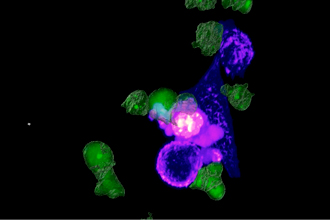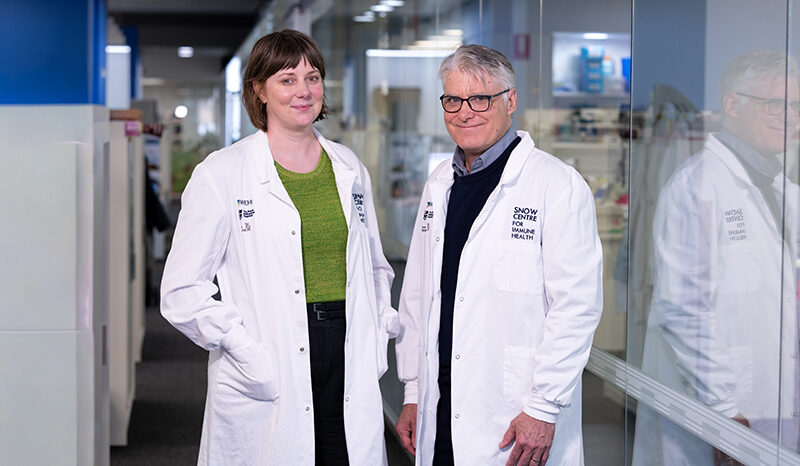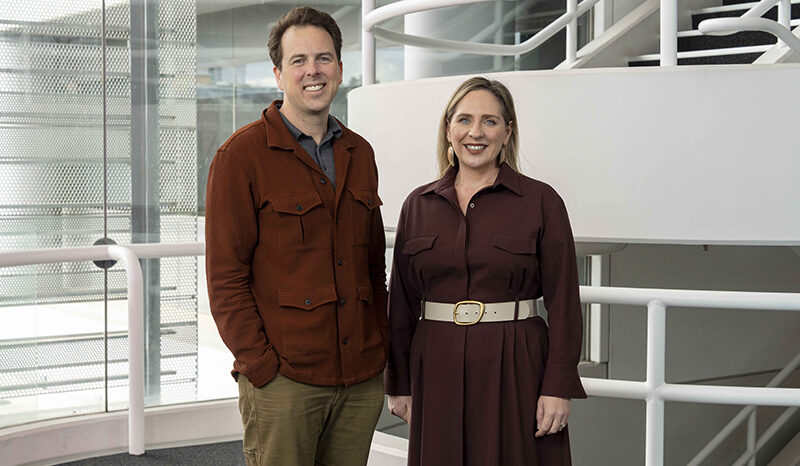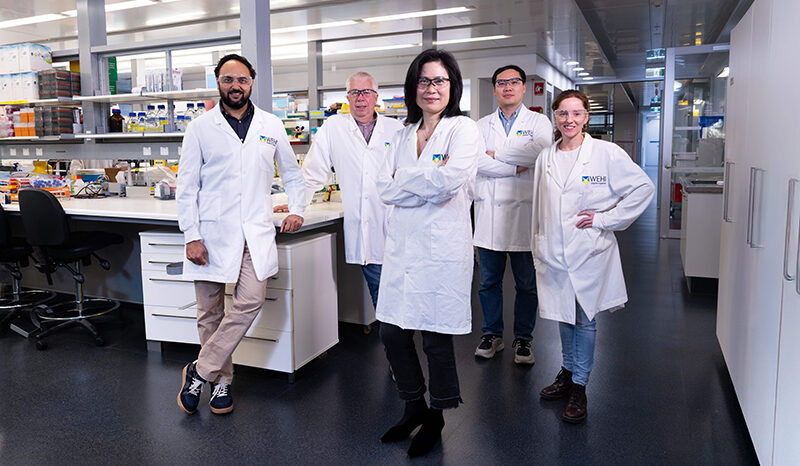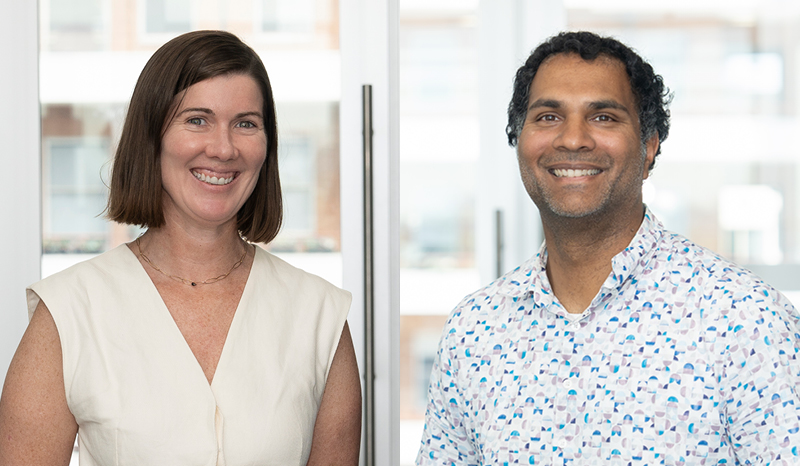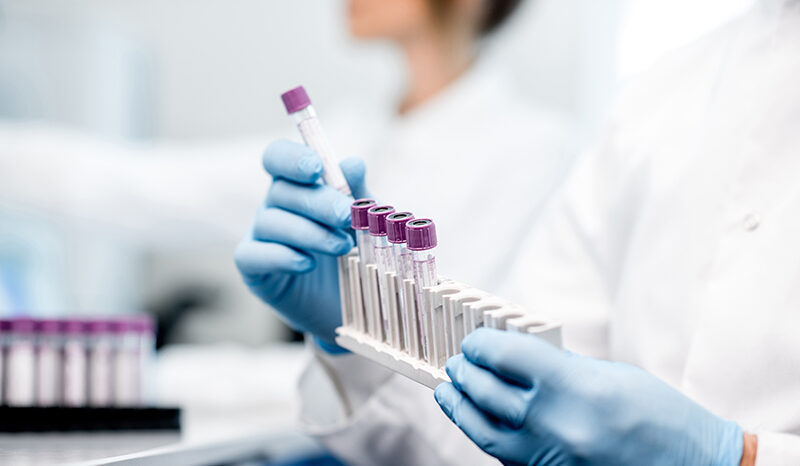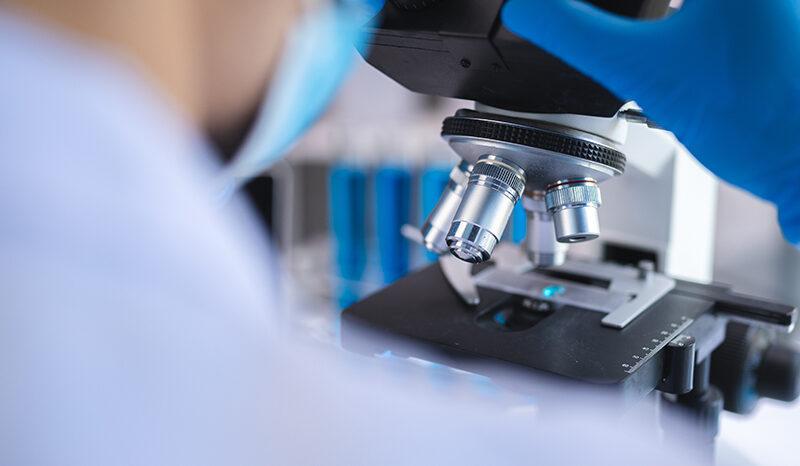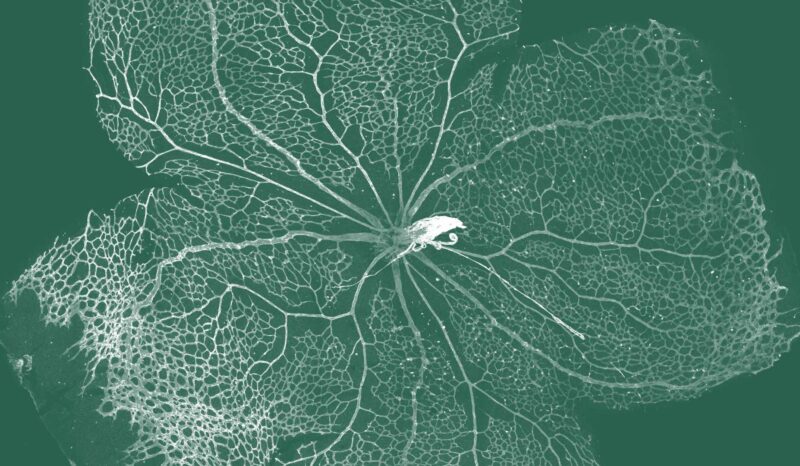Niall
As a microscopist, my job is to bridge the gap between advanced technologies and advanced biology. I need to be able to understand the technology as well as the basic biological concepts to know what the researcher wants from an experiment and how to decode the results.
We want to take the best technologies in the world and put them in the hands of the scientists asking the most important questions about medical research.
You can gain a lot more insight from a three-dimensional image than you can from a two-dimensional image, which is what we can achieve with cutting-edge microscopy techniques, such as the lattice light sheet microscope.




